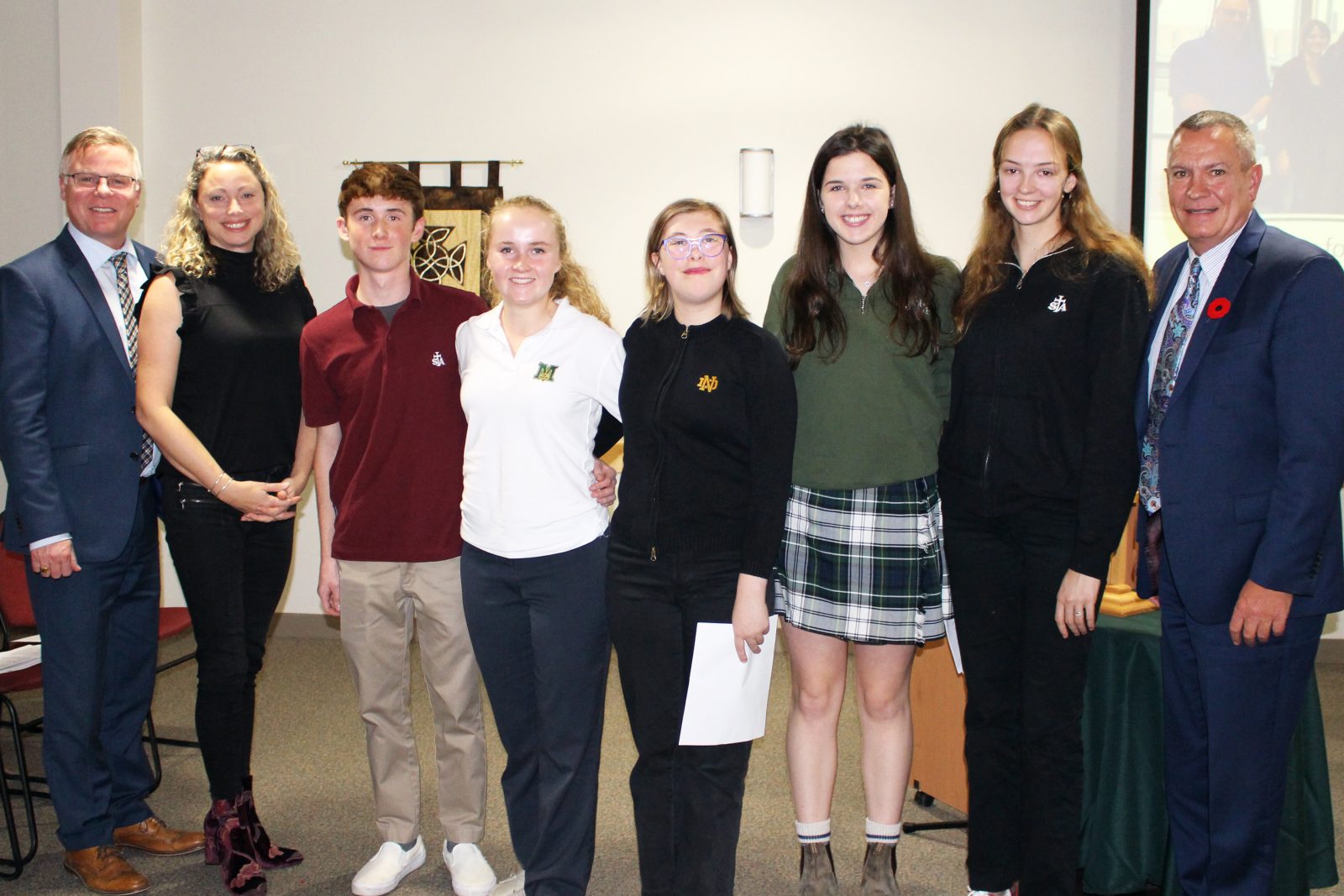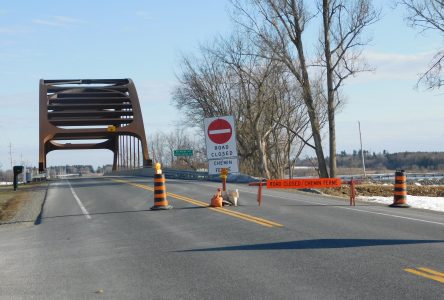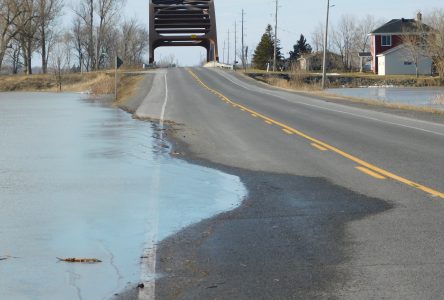“This trip was not to build homes or build objects,” said Nathan Summers, a student at St. Thomas Aquinas Catholic High School (STA). “This trip had one objective —to build bonds and connections with the people of Sandy Lake, and we certainly met the objective of creating relationships and furthering our understanding of Indigenous values and practices.”
Sandy Lake field trip builds cultural bonds



